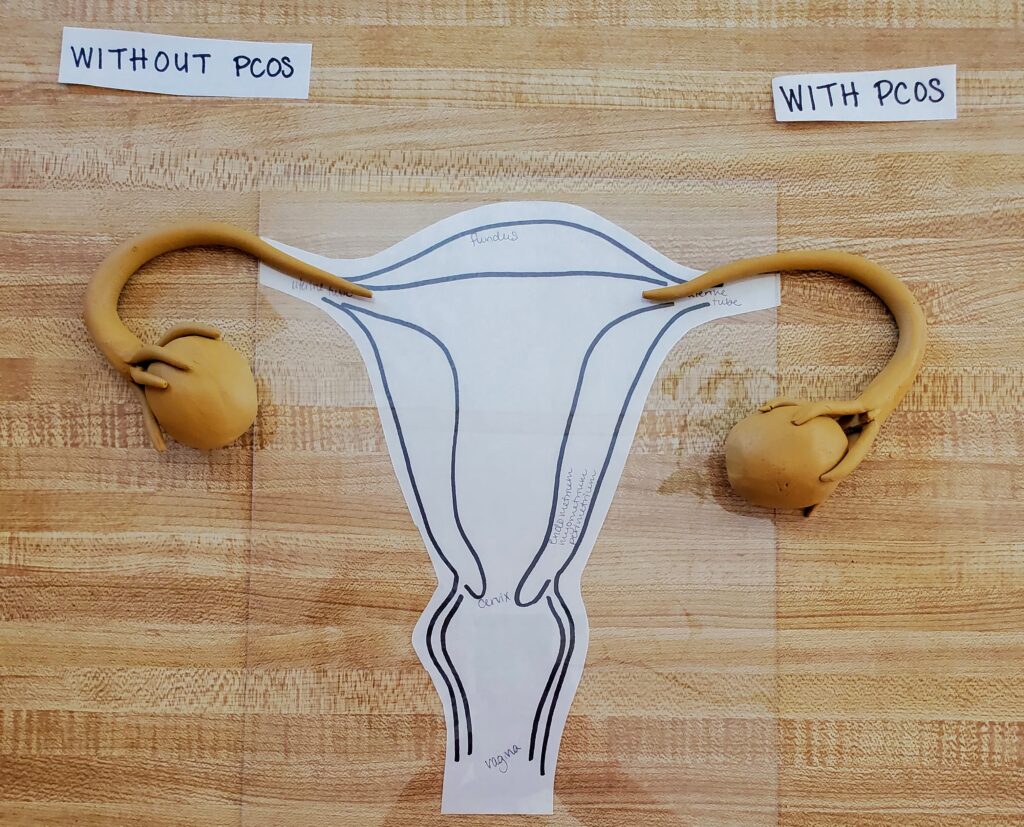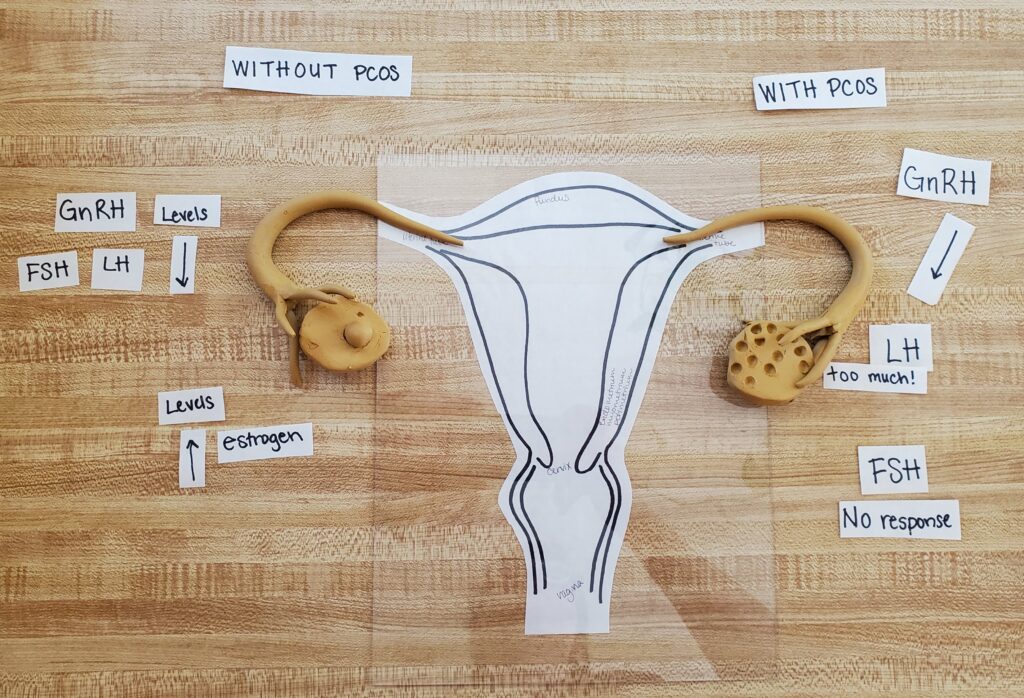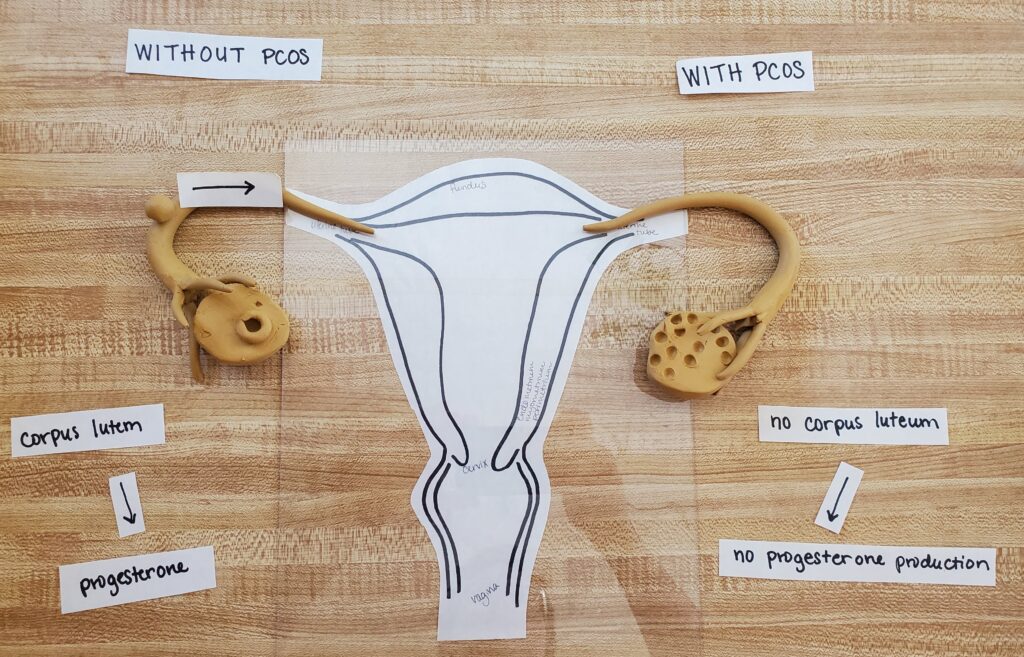





For my project I focused on how mechanoreception works in fishes and what organs and systems are used. The top picture show a fish with its cephalic sensory canals surrounding the head and connecting to the lateral line. This is the general morphology for most fishes with some variation depending …
Objective: 44. Describe how respiration is regulated. The function of the lungs is to facilitate the gas exchange of oxygen and carbon dioxide to provide your tissues with oxygen but also get rid of the waste products like carbon dioxide. But what if that function is hindered by conditions that …
My steam project will be covering the following objectives, understanding the role of hormones in lactation as well as explaining how milk production is induced and maintained. Lactation is the production of milk by the mammary glands. Hypoplasia of the breast or insufficient glandular tissue is when the shape and …
Before pregnancy, a female’s breasts contain milk glands and ducts, however they are underdeveloped. The breast’s mammary gland structure is typically rudimentary during this stage as well, but all this changes when a person goes through pregnancy. During pregnancy, the body goes through many changes, many of which are in …
The objective that I am covering and looking beyond is “placental formation and function.” My piece portrays the similarities between of the placenta’s role in providing nutrients to a growing fetus to that of how roots of a tree collect nutrients from the soil and provide it to the growing …





Nearly 40 years ago, David P Strachan published a study in the British Medical Journal which discussed data correlating the onset of childhood allergies and household size and cleanliness in British children (Strachan 1998). This so called “hygiene hypothesis” found an interesting trend: on average, children born to large households …